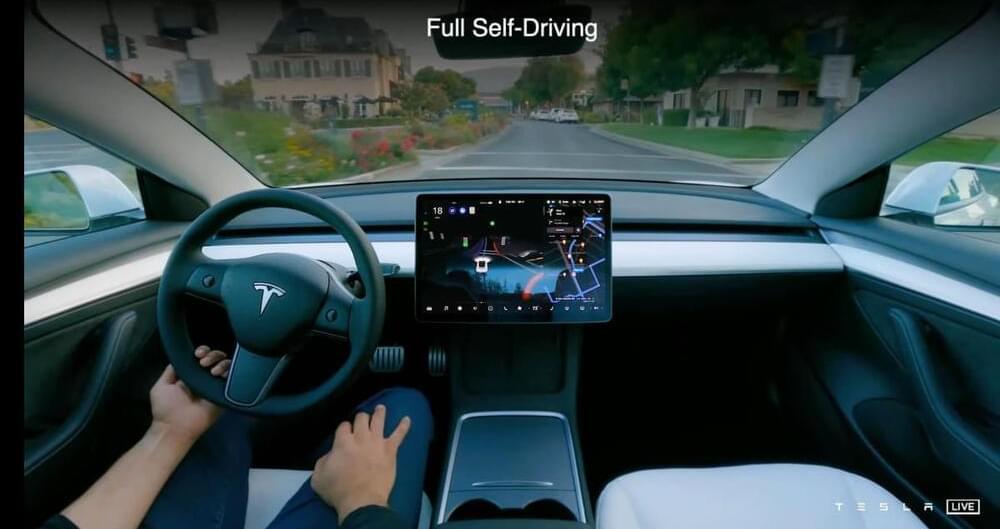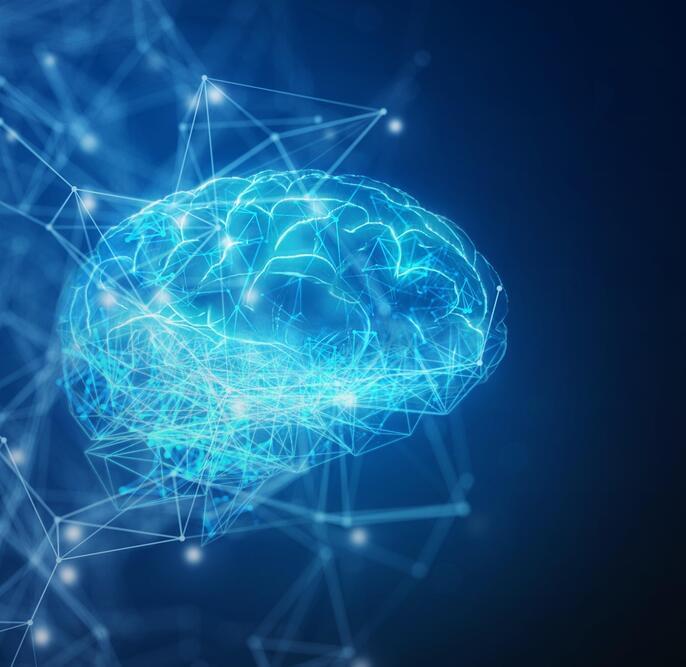The United States remains the only nation to have landed humans on the Moon and returned them safely to Earth. It is among the greatest achievements in human history, and it has significantly contributed to America’s leadership on the world stage. As a young man I had the opportunity of working on the Apollo program as an inspector with McDonnell Douglas. It was an exciting experience, and I am both grateful and humbled to have been a part of it.
The success of the Apollo Missions led to other significant accomplishments like building reusable Space Shuttles to test the limits of human space flight, prolonged robotic exploration of Mars, deploying a space-based telescope that can see far beyond our solar system, and conducting scientific research on the International Space Station. In more recent years we’ve seen an explosion in commercial space activity which has culminated in private companies conducting successful human space launches. This too is a significant milestone.
Our investment in space is critical to our national security, scientific discovery, technological advancement, and economic competitiveness. So much of our modern-day life is dependent on space making a bank transaction, for example, or even a phone call, these days requires using some type of space-faring technology. And while NASA’s leadership of our space efforts will continue to be indispensable, the U.S. commercial space industry’s role in space exploration will grow larger and more critical. American companies must continue to lead the way.








